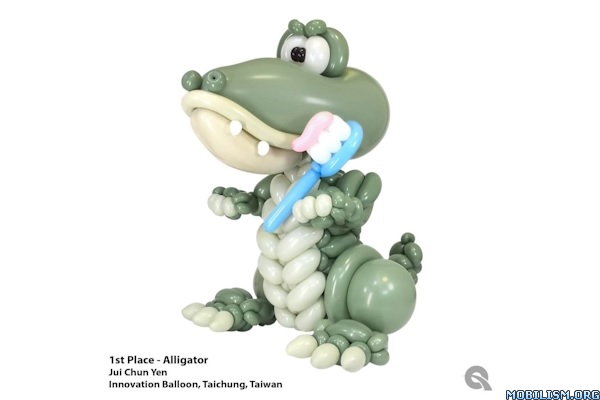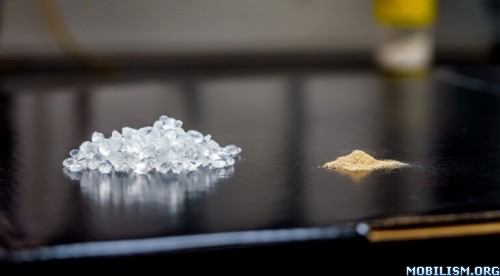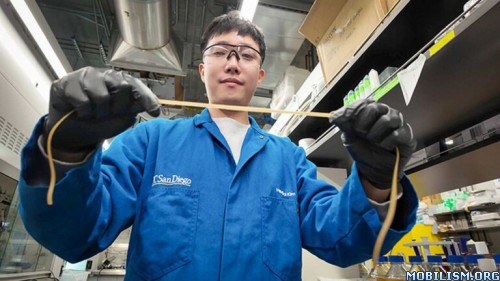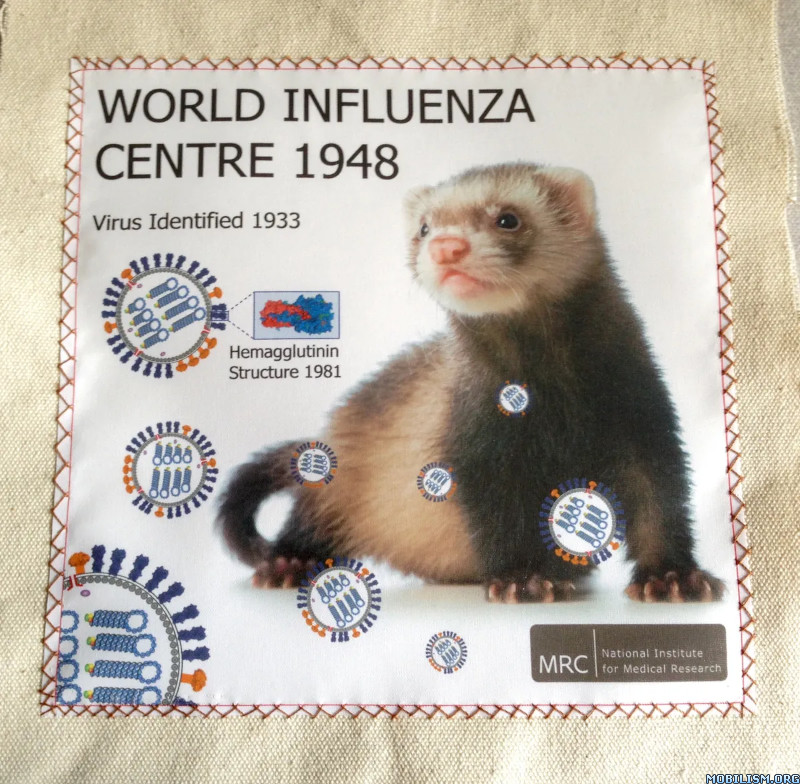Paris Will Soon Host the World’s Largest Picnic on the Champs-Élysées

Are you in Paris in late May? Well make sure you stay around for Le Grand Pique Nique, or for those of you who chose German, Spanish, or Italian to learn in high school, “The Grand Picnic.”
From the Arc de Triomphe to the intersection of Avenue George V, nine ephemeral kitchens will punctuate a journey along the famous Champs-Élysées for a gastronomic picnic on the largest picnic blanket in the world.
On Sunday, May 26th, LG Electronics is sponsoring this massive eating and promenading event, when 4,000 lucky tourists and locals will have the opportunity to gather around a giant, traditional red and white checkered picnic rug to sample Parisian cuisine.
While it’s a shame that the event is a contest determined via a ballot system, the Champs-Élysées is perhaps the most thoroughly trodden thoroughfare in all Europe, where 100,000 pedestrians passed daily in pre-COVID times.
Today, with tourism more popular and in demand than ever, and with Paris still holding its spot as the most-visited destination on Earth in terms of visitors per square kilometer, prudence is warranted.
Each chosen visitor is given a picnic basket to enjoy samples from the nine kitchens, and each square on the giant checkered rug can accommodate 6 people.
There are also musical events, games, and other outdoor ambiance setters.
In order to attend, visitors can fill out the raffle ballot on the LG site here. They can select up to 6 additional attendees, and one of two services, 12:00 and 14:00.
As well as giving foodies domestic and international alike the time of their lives, the city is also aiming to set the Guinness World Record for the largest picnic blanket, which they claim their rug will count as.
Those attending may see in advance some of the renovations that architect Philippe Chiambaretta is planning for the €300 million, post-Olympics makeover for the Champs-Élysées, which the mayor’s office admitted to looking “worn out” back in 2021.
The plan is to halve the number of parking spots, turn some of the roads into pedestrian areas, and spruce up the whole area into “an extraordinary garden.”

Are you in Paris in late May? Well make sure you stay around for Le Grand Pique Nique, or for those of you who chose German, Spanish, or Italian to learn in high school, “The Grand Picnic.”
From the Arc de Triomphe to the intersection of Avenue George V, nine ephemeral kitchens will punctuate a journey along the famous Champs-Élysées for a gastronomic picnic on the largest picnic blanket in the world.
On Sunday, May 26th, LG Electronics is sponsoring this massive eating and promenading event, when 4,000 lucky tourists and locals will have the opportunity to gather around a giant, traditional red and white checkered picnic rug to sample Parisian cuisine.
While it’s a shame that the event is a contest determined via a ballot system, the Champs-Élysées is perhaps the most thoroughly trodden thoroughfare in all Europe, where 100,000 pedestrians passed daily in pre-COVID times.
Today, with tourism more popular and in demand than ever, and with Paris still holding its spot as the most-visited destination on Earth in terms of visitors per square kilometer, prudence is warranted.
Each chosen visitor is given a picnic basket to enjoy samples from the nine kitchens, and each square on the giant checkered rug can accommodate 6 people.
There are also musical events, games, and other outdoor ambiance setters.
In order to attend, visitors can fill out the raffle ballot on the LG site here. They can select up to 6 additional attendees, and one of two services, 12:00 and 14:00.
As well as giving foodies domestic and international alike the time of their lives, the city is also aiming to set the Guinness World Record for the largest picnic blanket, which they claim their rug will count as.
Those attending may see in advance some of the renovations that architect Philippe Chiambaretta is planning for the €300 million, post-Olympics makeover for the Champs-Élysées, which the mayor’s office admitted to looking “worn out” back in 2021.
The plan is to halve the number of parking spots, turn some of the roads into pedestrian areas, and spruce up the whole area into “an extraordinary garden.”
Twitter: Fatima99@fatima99_mobi





































